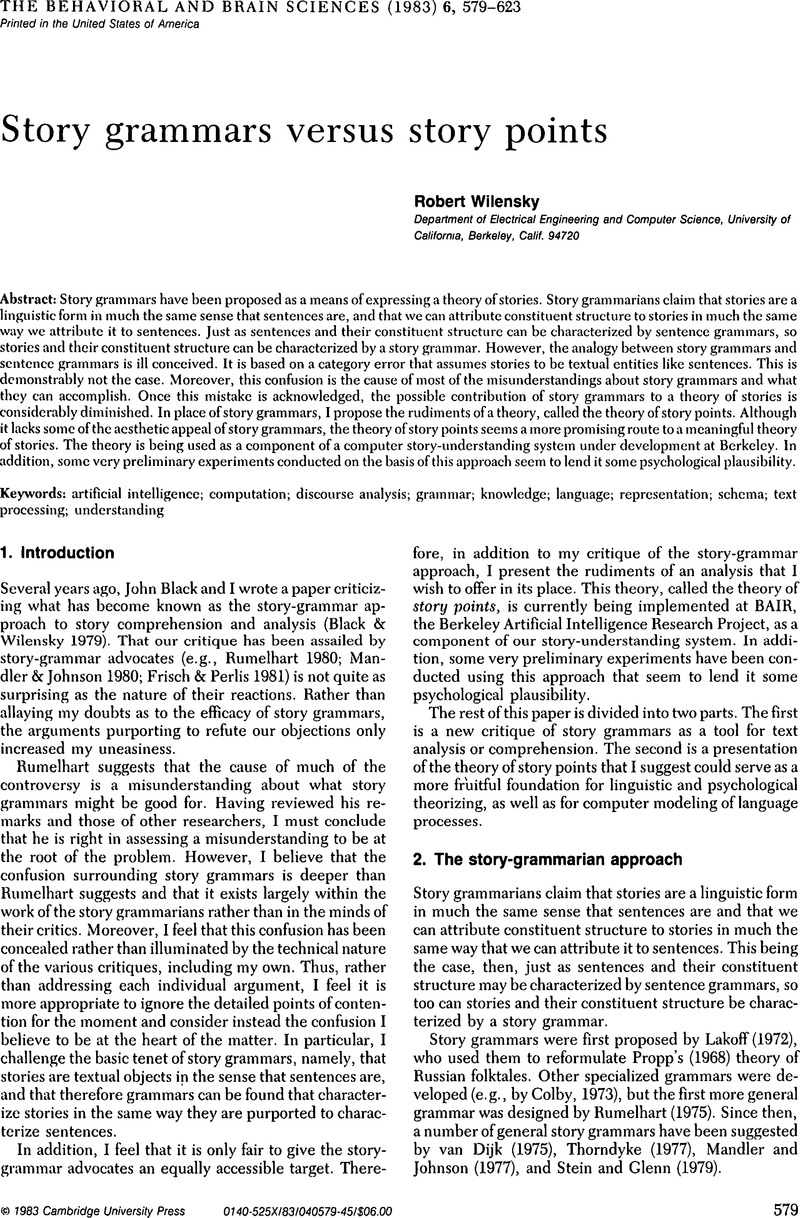Crossref Citations
This article has been cited by the following publications. This list is generated based on data provided by Crossref.
Sternberg, Meir
2003.
Universals of Narrative and Their Cognitivist Fortunes (II).
Poetics Today,
Vol. 24,
Issue. 3,
p.
517.



